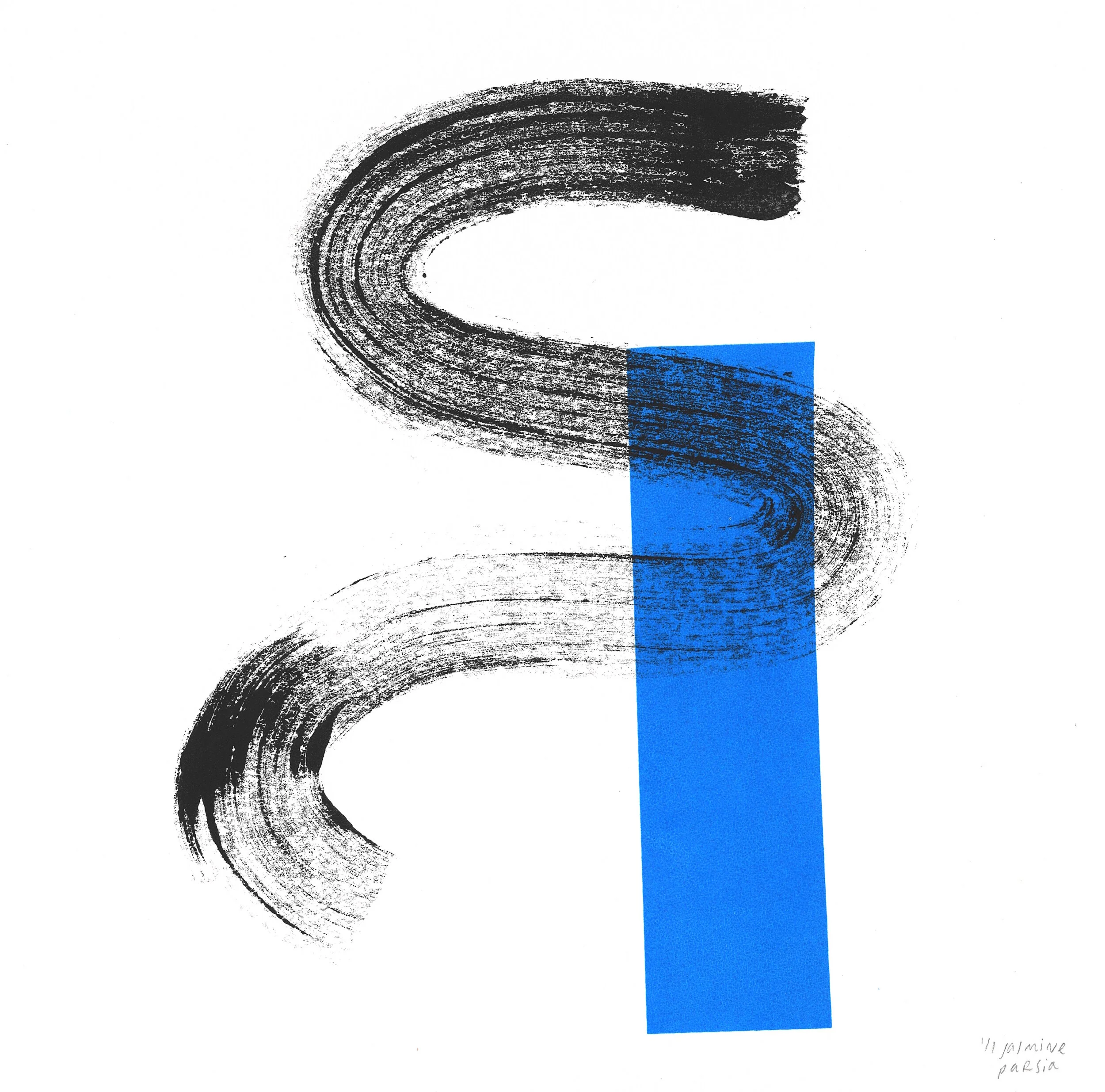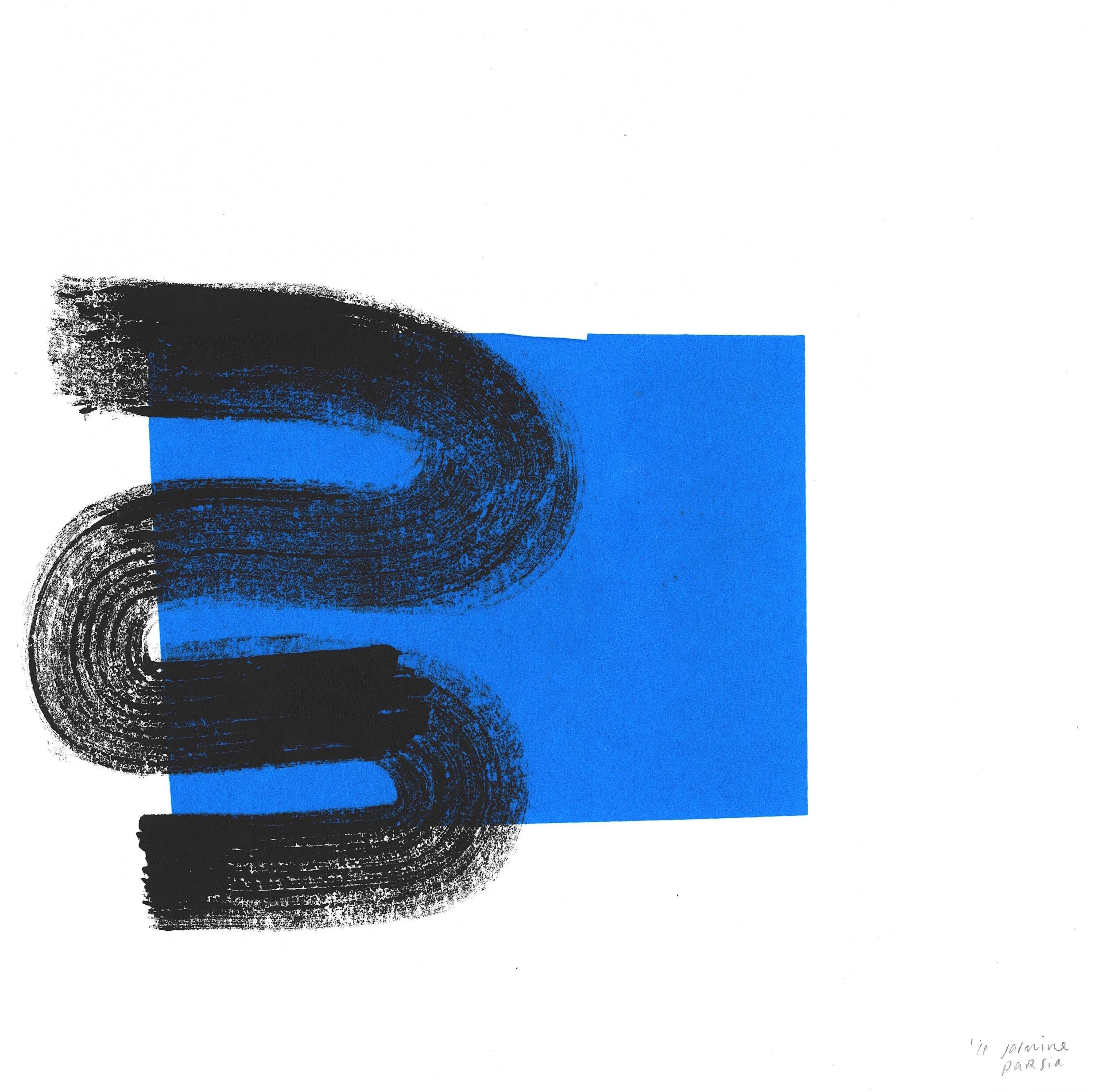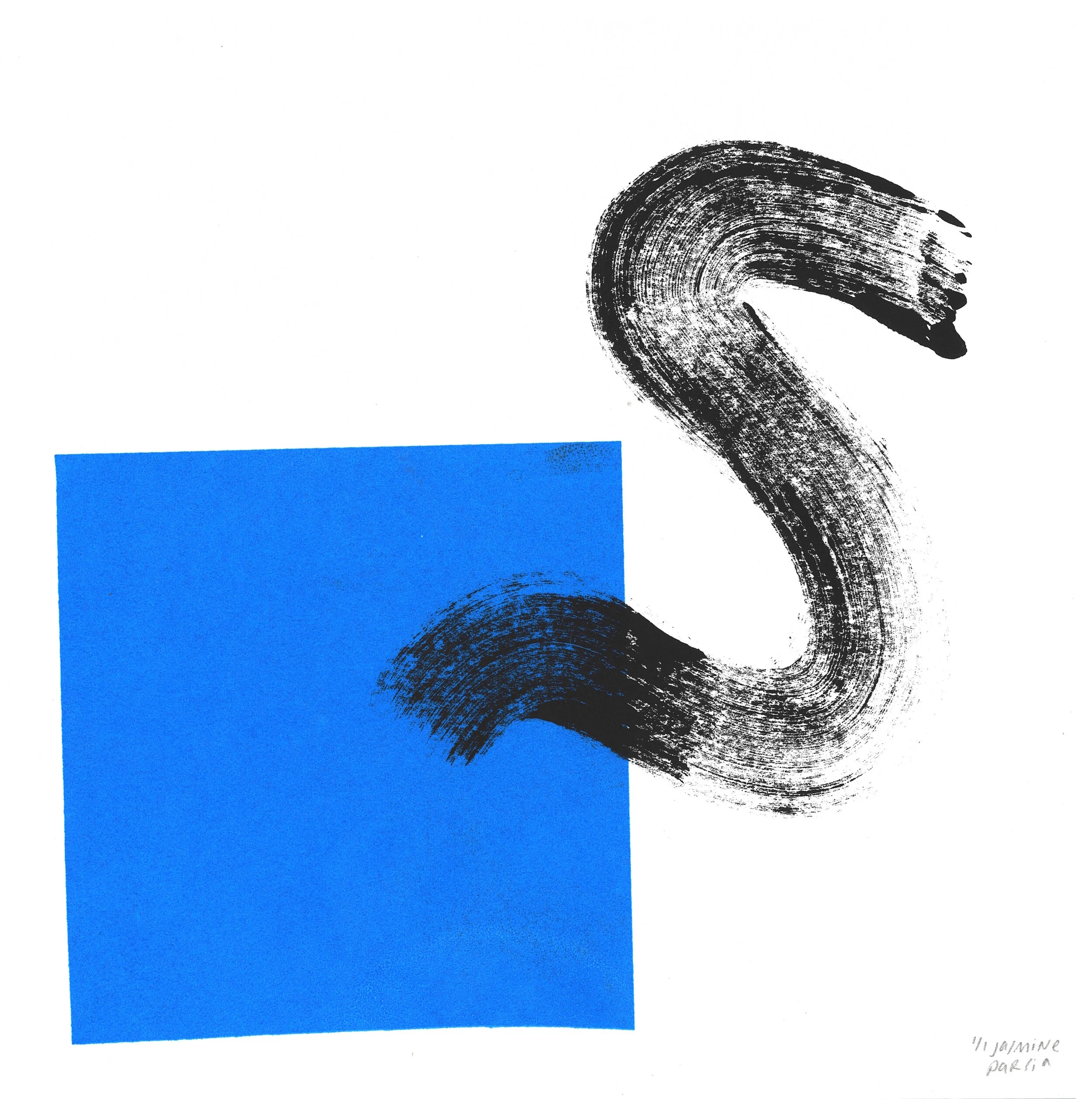in manus tuas — framed silkscreen/monoprint
in manus tuas — framed silkscreen/monoprint
Limited edition silkscreen/monoprint by Jasmine Parsia, specially created for this album. Each 8"x8" print is slightly different due to the nature of the process in creating them. Frame included. From the liner notes:
All the works on this album are transcriptions or involve the act of transcribing. Transcription is not just an act of borrowing, it is also an act of admiration, an act of perspective-taking. The album title comes from Caroline Shaw’s solo cello piece, in manus tuas meaning “in your hands.” How does one’s perspective shift in rewriting/transcribing/copying? In a digital age of copy-paste-retweet-regram-sharing, what does it mean to take the time to transcribe by hand?
As I was finalizing the details of this album, I found Jasmine Parsia’s beautiful prints and asked her to create both the cover artwork and an accompanying set of unique prints for the album. Jasmine’s works repurpose, abstract, and copy, thereby reconsidering or redefining the original object. In personal correspondence, Jasmine wrote about her process in making the print that would eventually become the album artwork:
"Over the past couple weeks, I had been circling around the black and white monoprints, and today I brought in some of the blue and it’s bringing a much-needed subtle brightness that I feel/hear in your work. Something about the black on its own felt too stark. This process feels more resonant, too. The black layer is made using a monoprint technique—laying ink on plexi and pressing a print, typically only one print comes out from each run. So more ink is added, shifting the image—bits from each print echo into the next. The blue layer is silkscreen, and is added in response to the black monoprint beneath it. I often think of this process—the monoprint and the silkscreen together—as translating and highlighting certain areas/marks/thoughts."
Transcription enables us to learn from others as well as process our own thoughts. In doing so, we deepen our understanding of each other. Transcription—empathy—as creative practice.






